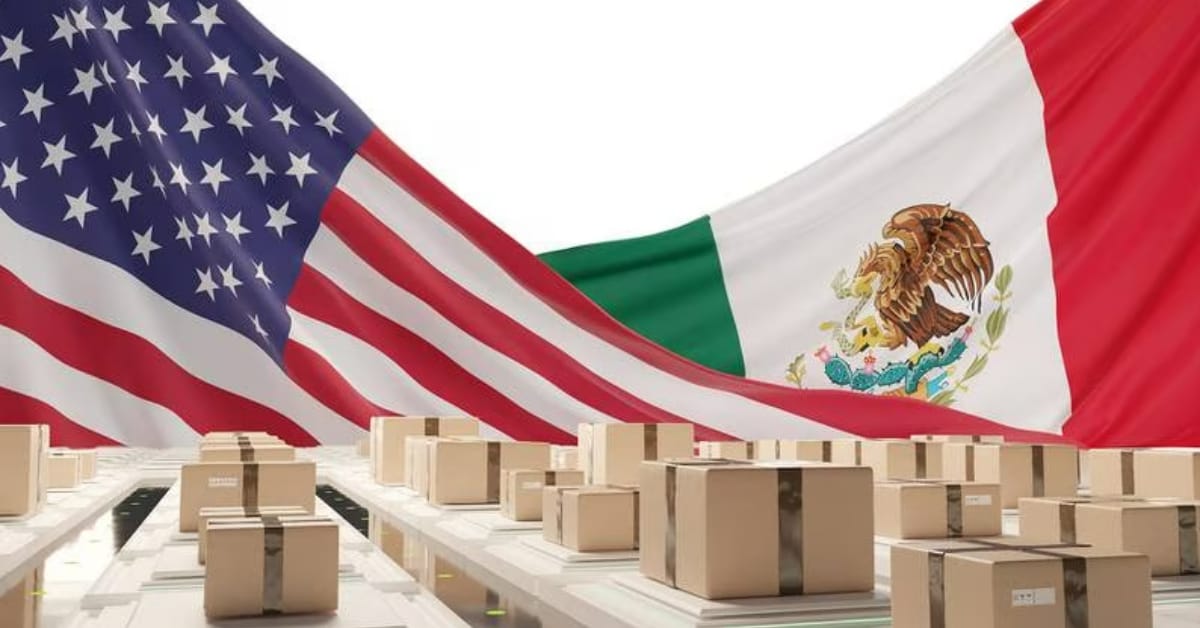Alright, folks, let’s break down the absolute whirlwind of news that just hit the wires. Buckle up, because it’s a doozy.
Domestically, China is flexing its muscles on export controls, signaling a tightening grip on strategic industries. And CATL, the battery giant, is heading for a Hong Kong listing – a move that’ll undoubtedly send ripples through the EV market. The Ministry of Commerce is trying to help businesses shift focus inwards, while reassuring firms within Free Trade Zones that existing policies remain stable.
But the real fireworks are in the trade spat with the US. Beijing isn’t thrilled about the 125% tariffs, and frankly, isn’t backing down. They don’t want a trade war, but they won’t be intimidated. Plus, a subtle yet significant shift in film import policy – a clear message about respecting domestic tastes and limiting Hollywood’s dominance. And authorities are clamping down on illegal financial activity, tackling existing risks head-on.
Now, overseas, things are equally chaotic. Trump is dangling the possibility of a meeting with Putin – enough said. Russia-US talks in Istanbul lasted over five hours, but the outcome remains murky.
Here’s where it gets really interesting. The EU just hit pause on its retaliatory tariffs against the US for 90 days – a remarkable show of de-escalation. But don’t get too excited. US CPI came in at 2.4% year-on-year in March, a six-month low, and significantly below expectations. The market is aggressively pricing in a June rate cut. Trump points to falling inflation, but hold your horses!
Here’s a cautionary note from the Fed: inflation risks are creeping back up, and economic growth is slowing. They’re worried tariffs could fuel persistent inflation too. Meanwhile, the Houthis are digging in, vowing to continue attacks on Israel and its vessels, and the US is beefing up military presence in Panama.
Let’s unpack some key concepts:
CPI (Consumer Price Index) is a vital economic indicator. It measures the average change over time in the prices paid by urban consumers for a basket of consumer goods and services.
Export Controls: Governments use these to limit the sale of strategically important technologies or goods to other countries. This can be for national security or economic policy reasons.
The Fed’s Dual Mandate: The US Federal Reserve has a dual mandate – to promote maximum employment and stable prices. These goals can sometimes be conflicting, making policy decisions incredibly complex.
Trade Wars: These involve escalating tariffs and trade barriers between countries, usually leading to economic disruption and uncertainty.







